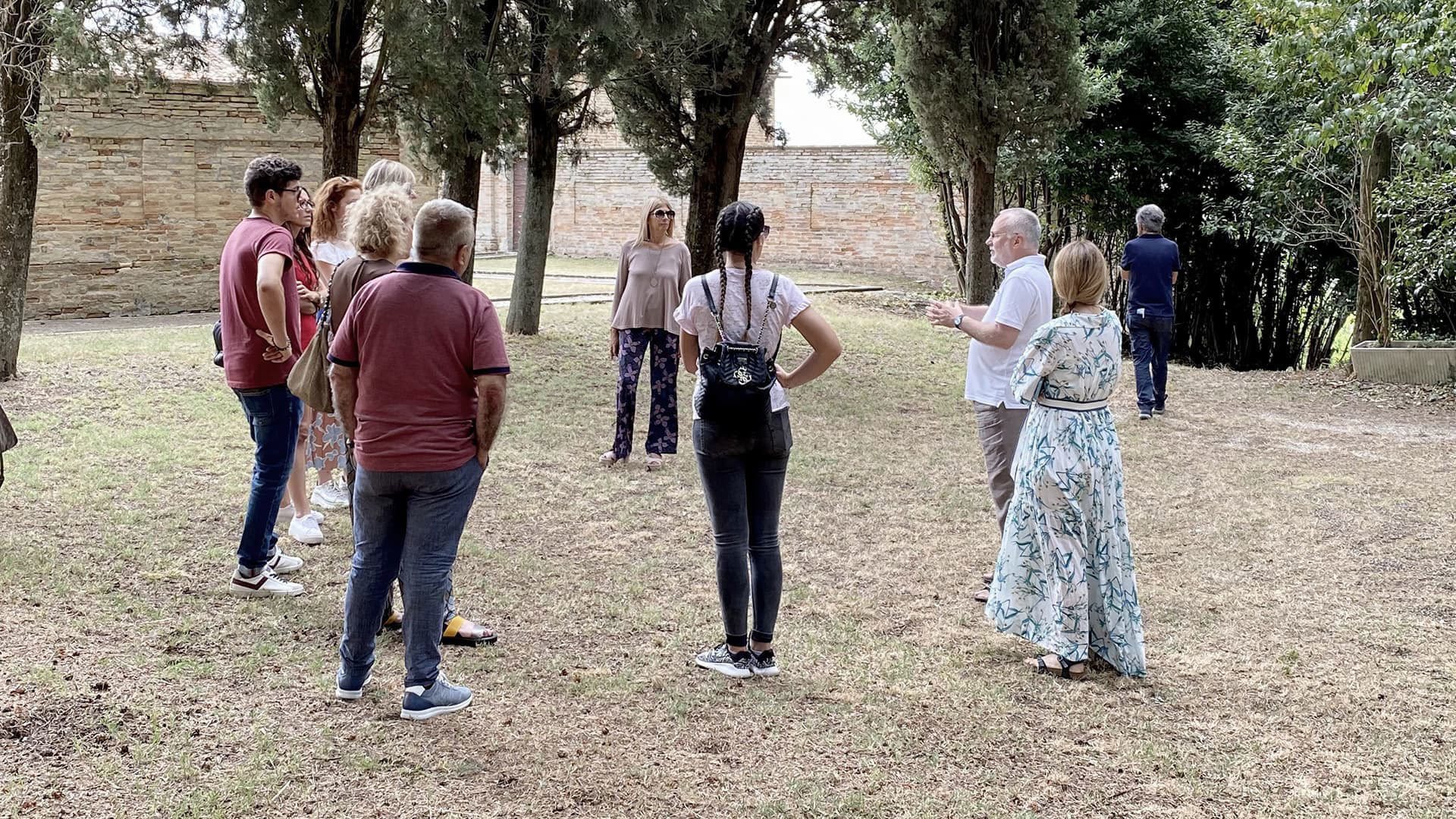“I’m having a hard time getting that colleague to understand. I explained the procedure 10 times, and he keeps making mistakes”.
“I’ve said what I had to say, so I did my part. It’s his problem if he doesn’t get it”.
Comments like these often come up in our classes when we talk about communication in a company.
At times, it’s really difficult to understand each other because we are so caught up in work, with thousands of tasks and deadlines, that we forget to pay attention to what really happens in a communicative exchange.
We can define interpersonal communication as an exchange of information between two or more entities whose features are to emit and receive signals within an interactive process that includes feedback. Therefore, every message that is sent always corresponds to a return message.
But is this really the case?

Photo Rawpixel.com by AdobeStock
Communication is a Relationship
One of the premises of communication is that its meaning is determined by the answer we receive. In other words, there is no such thing as a-priori incorrect or correct communication. If that is true, how do we know if others have understood what we intended to communicate in the first place?
We can say that a message is effective when the recipient accurately understands not only what the sender said but also what they meant to say.
Consequently, in order to establish whether the message has been received and understood correctly, it is essential that the sender assesses its effectiveness by observing the recipient’s reaction or response.
The feedback, or return message, represents the backbone of the communicative process, determining its success or failure.
To understand this premise, we should pay attention to the essential role that communication has, which is to create relationships, to create links between the people.
In fact, the first meaning of the verb “to communicate” (from the Latin communis) is to share, to make something common. Communication, therefore, is a dynamic exchange, and it involves sending and receiving information, thoughts, attitudes, and a shared construction of meaning. It is always a circular and interactive process, even when there seems to be no reply.

However, in the best of cases, those who have something to say mainly focus on what they are saying, to a lesser extent on how they are saying it, but rarely pay attention to their interlocutor’s reply.
Saying is one thing, doing is another.
What is Feedback?
Feedback is a technical term that comes from research relating to the way systems work, and it inseparably combines the concept of returning information with the way the system is controlled.
In other words, this term defines an actual process where the result of the system’s actions (the transmission of the sender’s message) has repercussions (the recipient’s reactions and responses) on the system itself.
Therefore, the key principle is that of self-regulation of the process through feedback, i.e., the return message influences the progress of the interaction if it is received by the sender.
That’s why it is vital to learn how to “read” results, the effects that messages have on the listener, and consequently vary one’s “style“ (including our word choice) to achieve the desired goal, which usually means making sure that the listener understands the original message.

Photo antenna by UnSplash
A good example of this is public speaking, where seeing the audience nodding indicates approval or interest and reassures the speaker. On the other hand, signals such as looking elsewhere, shaking their head, or generally looking absent-minded convey the opposite message. If these messages are noticed by the speaker, these can prompt them to make their speech livelier, including all the non-verbal aspects that have a powerful impact on the listeners, such as their tone of voice, their body movements, or eye-contact.
Beyond words: body language
In our everyday lives, the two components of human communication that coexist most of the time are verbal and body language. However, it’s important to assess whether these two components are in harmony or not.
When our interlocutor states that they have understood while, at the same time, they glance left and right and their expression looks doubtful as opposed to supporting their statement, it is useful to acknowledge that non-verbal message and double-check whether the message was received. If that is not the case, one should express it again in another way or with other words.
“Non-verbal” refers to anything that is not speech.
Although verbal language is considered the most refined and evolved means of relating to each other, it is important to realise that gestures came before language, and they are so powerful that, at times, there is no need for words at all. A glance, a nod, or a movement can be enough to understand each other.
Moreover, the nonverbal aspect of communication can include any aspect of our voice, such as tone, loudness, rhythm, or pace. These components resonate with our mental or emotional state and reveal a lot of what is happening inside us, such as our emotions, our thoughts, our convictions, and our attitudes.

Photo taras chernus by UnSplash
Knowing how to read nonverbal language – body language and tone of voice – is the best way to understand one another and comprehend what is really being communicated beyond words.
To improve the efficacy of communication, you need to want it. You need to specifically train you “divided attention”, which is that human ability to focus on various levels at the same time. Therefore, this is what we can do:
- Monitor ourselves as we speak: Which words are we using? What is our body doing? How are we using our voice?
- Monitor our interlocutor: What messages are they sending with their body? What about their voice? Do these messages support what they are saying, or do they contradict the verbal message?
We should especially remember that if the other doesn’t understand, while we vitally need them to understand, we need to change the way we communicate and adapt it depending on the feedback that we receive.
We should pay attention to our communicative processes, not only because this improves interpersonal relationships, but also to become aware of which aspects of our character we are conveying.
Relationships exist to teach us who we are.
Enjoy practicing the way you communicate!
| partem claram semper aspice |
 Want to know more?
Want to know more?
Register for free in the My Passodue reserved area.
You will have access to a dedicated video where you will find further examples and advice on the importance of feedback!
>> Register in the MyPassodue area to watch the video
The photos used - where not owned by the editorial team or our guests - are purchased on Adobe Stock and IStockPhoto or downloaded from platforms such as UnSplash or Pexels.
Did you like this post and want to learn more about the topics?
Passodue research on issues related to sales, marketing, ethics and the centrality of human beings within the market logic, officially started in 2012. The results derived from our work are described in the publications and in the books you can find in this section.





This Post Has 0 Comments